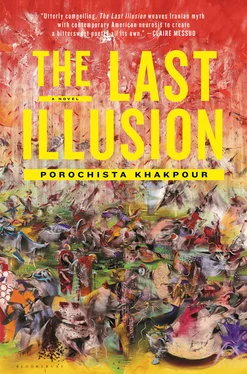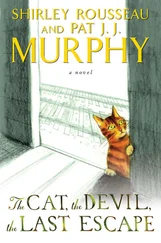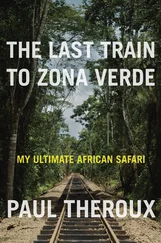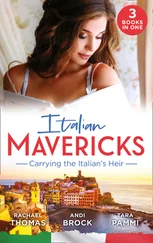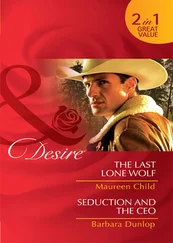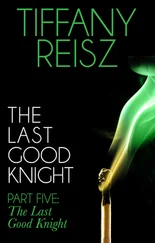The last one was not true, but only Zal knew this.
Zal himself never saw his own reflection for too long — avoidance of mirrors was a quality he shared with all feral children, that and the failure to smile and laugh. But what he had seen of his looks, he did not object to. He was, he simply was, and Hendricks and Rhodes and scores of other people in his life had told him that was something to be proud of, considering . Always “ considering, ” but still. He was.
I am a boy, he told himself, and then, I am a man, he reminded himself. He was just that and that alone, he thought over and over and over, until it all sounded meaningless.
But he had to. And eventually he learned to keep the bird in him, any bird in him, so deep within himself that it resurfaced only rarely. Let it out and he knew he’d be back to the world of doctors and scientists, make it flutter before him and enter camera crews and a million more glossy and newsprint updates on the miracle Bird Boy of Tehran, uncage it once and for all, and break his father’s, his one and only father’s, heart. He knew enough of humankind by then to know you did not do a thing like that. The parts of him that they could not get to were perfect like that, best kept to himself.
Because it was impossible to say how long he had — no one really knew the lifespans of ferals, he had heard Rhodes once say on the phone to someone, although, Rhodes had actually chuckled, because Zal had busted all those other feral-children “truths,” who knew what it could be. We’re writing the textbook all over again with this kid —he was not sure how quickly he should work on getting his birdness out of his system, how hastily he should outgrow it if his own growth arc was so difficult to evaluate. So far, any work he had done on it did not work, but he didn’t tell them. For instance, he could not get rid of the bird dreams, those nightmares of the small white ones — they never taught him the names of birds, and while he could recognize an astounding variety as distinct, could even tell the same type of birds apart, the way a human knows one human face from another, he could not play name-that-species— all trapped in, say, verandas with big windows that they could not recognize, fluttering about in pure panic, disorientation, and desperation, bumping into the glass over and over and over, the collision of beak and glass a thing so painful it would take pounding a human head against a sledgehammer to understand it, colliding and dizzily floating down and then coming back to sense and up in an eternity of entrapment, spiraled in the killer-without-killing loop of where where where . Those were the worst nightmares. Sometimes there were good dreams, flocks of birds in V formation in blue skies, giant fountains where some old lady god-hand made it rain birdseed for all the scrappy beggar pigeons, and his favorite of all: the dreams of sparrows and starlings, those sweet ones, and their painstaking nests, just that reel of them looking after their newly hatched young ones, enshrouding them in the heat of their wings, and most poignant of all, feeding them from their very mouths.
Feeding. Zal had to admit that a runner-up to bird dreams was food dreams, but what foods — this he could not discuss. It was true that he had a sensitive digestive system and for years could tolerate only a bland diet of bread and rice and dull fruits and vegetables (bananas, potatoes), with no sauces or spices or sweets. As time went on, he began to indulge in the edibles of everyday life, and soon candy and junk food — explosive-tasting food that created thunderstorms in the mouth and fireworks in the stomach and all sorts of warfare on the way out. “Foods” like gum intrigued him to no end; popsicles were a preposterous game; and most surreal of all, cotton candy was something he simply could not accept people voluntarily ate — they were downright otherworldly stuff he imagined was in the cuisine of that other imaginary genus (that humans were not sure, though fairly sure, did not exist but nonetheless devoted all sorts of arts and lore to) that Hendricks had once tried to explain to him: “aliens.” But Zal had real food urges that surpassed simple fascination, hungers that could be sated only in complicated ways.
What he wanted more than anything was painfully obvious and horribly cliché, considering. He wished it didn’t exist, that very typical craving, that Circumstances 101 urge, that forbidden and yet certainly understandable hunger. He tried to block it out, and really sometimes he was very good at resisting caving in, but the quintessential forbidden fruit was more than just a hunger of the stomach. It was a hunger of the heart.
For what Zal wanted to eat more than anything was, of course: insects .
Earthworms, budworms, mealworms, army worms, ants, wood borers, weevils, mosquitoes, caterpillars, houseflies, moths, gnats, beetles, grubs, spiders, crickets, grasshoppers, termites, cicadas, bees, wasps, any larvae — for starters. While Zal didn’t know the labels affixed to different birds, he sure did learn the names for insects. At bookstores, he flipped through The Field Book of Insects of North America and other giant picture reference books as if he were looking at the world’s most illustrious epic menu. The things it did to him; Zal was relieved no one could possibly know what he was up to when he was heatedly scanning the pages as though they were a cross between food porn and, well, porn.
But what could he do? He— not a bird not a bird not a bird, sprinted the voice in his head — what could he do? He had once heard Hendricks comment that drug addicts — apparently humans chained to the ingestion of reality-altering chemicals — even when broke or absolutely dirt-poor, could always find a way to afford drugs, and even very expensive ones. Their addiction turned into a lethal combination of boundless creativity and unshakable will. If you want something bad enough, he had heard Hendricks say, you will get it.
So once in a while Zal wanted it bad enough and he got it — all the many its and their odds and ends. And he didn’t even need to get creative or exercise much will when he had the one thing that made him like everyone else, that gave him access to a world he could navigate as well as Hendricks or any other human, the beloved equalizer of his life: the computer. (Hendricks and Rhodes had, at first, both marveled at his ease with the device, an ease that very rapidly became aptitude, an accomplishment they would have declared miraculous if it weren’t for the fact that elementary school kids of the same generation were also that savvy.) All he had to do that first time was type “insect eating” into the search engine and a whole world unveiled itself.
What he found:
I) First, the Word:
Entomophagy. It was a word that, as much as he tried, he could not say. Appropriately impossible, he thought.
II) The Numbers:
1,462 recorded species of edible insects. The possibilities, he thought.
III) Where to Get Them:
There were three options, apparently: catching insects in the wild, buying them from pet stores or bait shops, or raising one’s own. But there were problems with the first two: in the wild there could be pesticides, and the ones in pet stores or bait shops have often been fed on newspapers and sawdust, so one had to put them on a diet of grains first. The best option was raising one’s own. (The idea put Zal in a cold sweat. Hendricks had always worried about Zal living on his own, and imagine if his apartment soon became an insect farm — an insect farm for eating. )
IV) Benefits for the Self (Nutritional Facts):
Читать дальше
